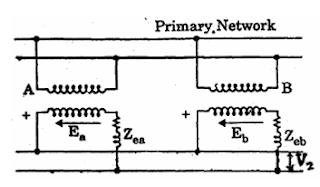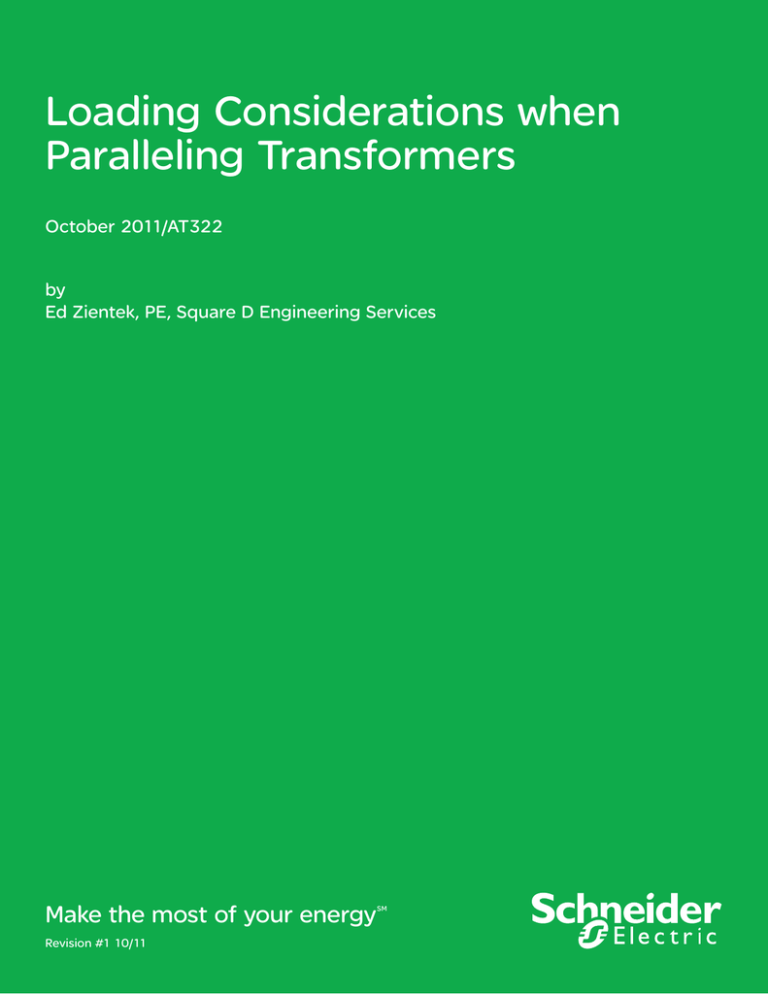Paralleling Transformers
If you are an electrical engineer or electrician, you probably know about the challenge of paralleling transformers. This process can be complicated but also necessary when it comes to achieving the desired voltage levels. In this post, we will go over the basics of paralleling transformers and related keywords, so you can better understand how to handle this process.
Why paralleling transformers can be challenging
Paralleling transformers can be a challenging process due to the potential risks involved. One of the main issues is synchronizing the transformers correctly. This is important because transformers have a tendency to run at slightly different speeds, causing them to become out of phase with each other. If this occurs, it can lead to current imbalances, reduced efficiency, and even transformer damage.
What is the target of paralleling transformers?
The target of paralleling transformers is to obtain a higher amount of power output. In order to achieve this, two or more transformers can be connected in parallel. The voltage ratings of the transformers must be the same and they must have the same turns ratio. This will ensure that the transformers share the load equally.
Summary of main points
Paralleling transformers is a necessary process for achieving the desired voltage levels. Synchronizing the transformers can be challenging, and proper care must be taken to avoid current imbalances, reduced efficiency, and damage to the transformers. The target of paralleling transformers is to obtain a higher amount of power output by connecting two or more transformers in parallel.
How to connect transformers in parallel
Connecting transformers in parallel requires special attention and proper knowledge. First, it is essential to ensure that the voltage ratings of the transformers are the same. If not, it can cause an unbalanced load and damage to the transformers. Next, the transformers should have the same turns ratio for optimal performance. Finally, paralleling should be done through the use of a circuit breaker or fuse in order to protect the transformers from any overloading or short-circuiting.
Personal experience: Connecting transformers in parallel can be a complex process, and it is crucial to follow proper techniques. As an electrician, I have seen how improper paralleling can lead to serious damage, which can be costly and time-consuming to repair.
Common mistakes in paralleling transformers
One of the most common mistakes in paralleling transformers is failing to synchronize them correctly. This can cause unbalanced loads and reduced efficiency. Another mistake is not using the right circuit breaker or fuse. Some people may also attempt to parallel transformers with different turns ratios, which can lead to serious damage and even fires. It is essential to follow proper techniques and guidelines to avoid these mistakes.
Personal experience: In one instance, I saw an electrician trying to parallel two transformers with different turns ratios. Unfortunately, this resulted in an electrical fire, which caused significant damage to the building.
The benefits of paralleling transformers
Paralleling transformers have several benefits. One of the main advantages is increased power output, which can be invaluable for large-scale power applications. Paralleling transformers can also provide redundancy, which can be useful in case one transformer fails or needs maintenance.
Best practices for paralleling transformers
Properly paralleling transformers is essential to ensure their efficient and safe operation. Some best practices include using transformers with the same voltage ratings and turns ratios, synchronizing them correctly, using the right circuit breaker or fuse, and following all relevant safety guidelines. It is also important to conduct regular maintenance and inspection on the transformers to ensure optimal performance.
Personal experience: In my experience, adhering to these best practices has helped me to avoid any issues or complications when paralleling transformers for various applications.
Question and Answer
Q: Can transformers with different voltage ratings be paralleled?
A: No, transformers with different voltage ratings should not be paralleled. This can lead to an unbalanced load and damage to the transformers.
Q: Is it necessary to use a circuit breaker or fuse when paralleling transformers?
A: Yes, it is necessary to use a circuit breaker or fuse when paralleling transformers to protect them from overloading or short-circuiting.
Q: How many transformers can be paralleled?
A: The number of transformers that can be paralleled depends on various factors, including the load and the capacity of the transformers. It is important to consult with an expert in electrical engineering or an electrician to determine the optimal number of transformers for a specific application.
Q: What are some of the risks associated with paralleling transformers?
A: Some of the risks associated with paralleling transformers include current imbalances, reduced efficiency, and damage to the transformers. Improper paralleling can also lead to electrical fires or other safety hazards.
Conclusion
Paralleling transformers can be a complex process, but it is essential for achieving the desired voltage levels and power output. Synchronizing the transformers correctly and following best practices is crucial to avoiding any issues or complications. By understanding the basics of paralleling transformers and related keywords, you can better ensure the safe and efficient operation of your electrical systems.
Gallery
About Parallel Operation Of Three Phase Transformers

Photo Credit by: bing.com / parallel operation transformers phase three
Know Electrical Engineering: Transformers-parallel Operation

Photo Credit by: bing.com / transformers parallel operation operating bars bus primary condition being under
Loading Considerations When Paralleling Transformers

Photo Credit by: bing.com /
Paralleling Transformers – An Electrician's Guide To Single Phase

Photo Credit by: bing.com / transformers parallel paralleling polarity electrician phase single guide figure line
Paralleling Transformers

Photo Credit by: bing.com /
0 Response to "Paralleling Transformers"
Posting Komentar